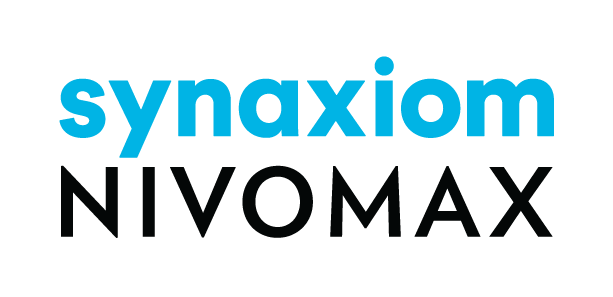Guide for User Acceptance Testing (UAT)
Published on June 18, 2024 ( Last Updated on September 13, 2024 ) | 3 min read
Introduction to UAT
The User Acceptance Testing (UAT) phase is specifically designated for testing Custom Extension Module Development or Licensed App/Module Customization that has been completed under a separate Statement of Work (SOW). This guide will help you perform effective UAT, ensuring that custom-built features meet the business requirements and are functioning correctly. The focus here is to verify that the customizations deliver as expected in real-world usage, in contrast to the exploratory nature of the Beta Immersion program, which applies to regular feature upgrades and releases pertaining to our Innovation Roadmap.
Objectives of UAT
- Verify that custom extensions or app customizations function as intended within a real-world scenario.
- Identify any defects or issues specific to the custom work that were not detected during prior internal testing phases.
- Ensure the custom software meets the specific business requirements outlined in the SOW and satisfies user expectations.
Preparing for UAT
- Review Accompanying Documentation: Thoroughly review all documentation associated with the custom work. Understand the specific functionality that has been built based on the requirements outlined in the SOW.
- Understand the Requirements: Ensure you have a clear understanding of the custom features or modifications and what they are intended to achieve for your business processes.
- Prepare Test Scenarios: Create realistic test scenarios that align with the customizations’ intended use in your organization.
Providing Feedback
- Be Specific: Focus feedback on the custom-built features being tested. If you encounter an issue, describe the problem in detail, providing steps to reproduce it, along with screenshots or videos if applicable.
- Stay Relevant: Ensure that feedback relates directly to the custom work being tested. Any unrelated feedback should be excluded or saved for the regular product feedback cycle under Beta Immersion.
- Be Complete: Include all necessary information to help us understand and replicate the issue within the custom extension or module.
Common Pitfalls to Avoid
- Reporting Unrelated Issues: Ensure that you are providing feedback only on the customizations outlined in the SOW. For standard feature updates and general feedback, please refer to our Beta Immersion Program.
- Incomplete Feedback: When reporting issues, provide complete details, including all steps to reproduce the problem and any relevant environment details.
Best Practices for UAT
- Prioritize Critical Custom Features: Focus testing on high-impact custom features that were developed specifically for your organization.
- Collaborate with Your Team: Ensure that all stakeholders involved in the custom project are providing feedback to ensure comprehensive coverage of all custom features.
Conclusion
Your participation in UAT is essential to the successful implementation of custom extensions or modifications built under an SOW. By following this guide, you ensure that your feedback is actionable and aligns with the specific scope of the project. For questions or further guidance, contact our support team using the General Feedback Form on the Help Center.

